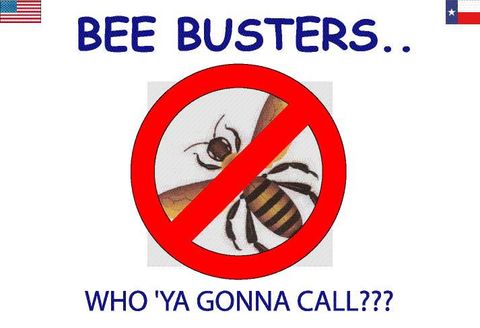~FYI~
Bees survive hot summer days by ventilating their hive by pushing air with their wings from the opening(s) of their hives into the deeper parts of the colony. In many cases, on VERY HOT DAYS, bees will put water into a wax honeycomb 'cell', then evaporate it with their wings, thus enhancing the efficiency of their cooling efforts.
~In Winter, the bees compress their masses (increase huddling) as the temperature drops. They can warm the colony by increasing their metabolism. In sub-zero conditions, some bees will go into a cell and actually sacrifice themselves to provide additional insulation for the colony.
~Bees do not create honey; they are actually improving upon a plant product, nectar. The honey we eat is floral nectar that bees have dehydrated and concentrated.
~Because of a natural antibiotic effect, neither bacteria nor molds grow in natural honey, and as a result honey does not need refrigeration to be preserved. Pharmaceutical companies are trying to determine why this is the case.
~The average American consumes a little over one pound of honey per year.
~In the course of her 3-5 week lifetime, a worker bee will produce 1/12th of a teaspoon of honey.
~To make one pound of honey, workers in a hive fly 55,000 miles and tap two million flowers for their nectar.
~In a single collecting trip, a worker will visit between 50 and 100 flowers. She will return to the hive carrying over half her weight in pollen and nectar.
~A productive hive can make and store up to two pounds of honey a day. Thirty-five pounds of honey provides enough energy for a small colony to survive the winter.
~Theoretically, the energy in one ounce of honey would provide one bee with enough energy to fly around the world.
~Although Utah enjoys the title of "The Beehive State", the top honey producing states include California, Florida and South Dakota. In 1998, the United States made over 89,000 metric tons of honey. China, the world's top honey producer, made more than 140,000 metric tons of honey in 1997.
~While foraging for nectar and pollen, bees inadvertently transfer pollen from the male to the female components of flowers. Each year, bees pollinate 95 crops worth an estimated $10 billion in the U.S. alone. All told, insect pollinators contribute to one-third of the world's diet.
~Most researchers believe the honeybee originated in Africa. The first European colonists introduced Apis mellifera, the common honeybee, to the Americas. Native Americans referred to the bees as the "White Man's Fly". Today, honeybees can be found all over the world.
